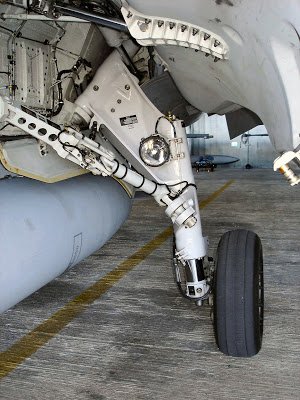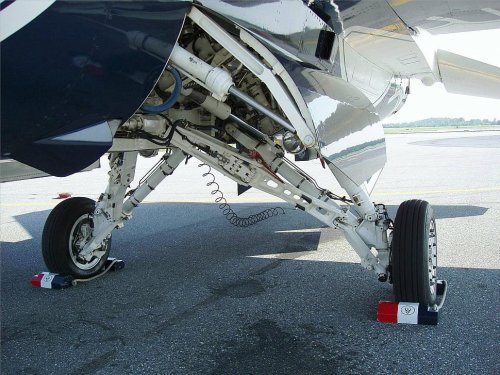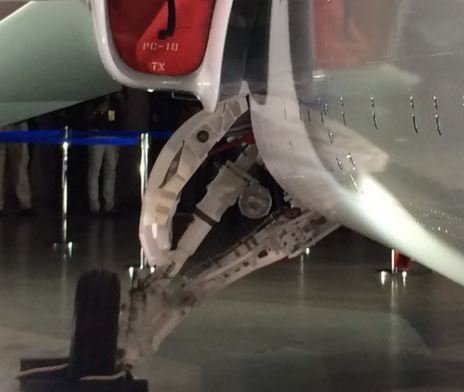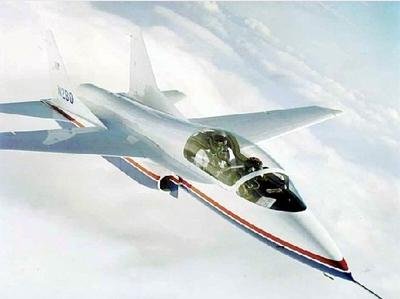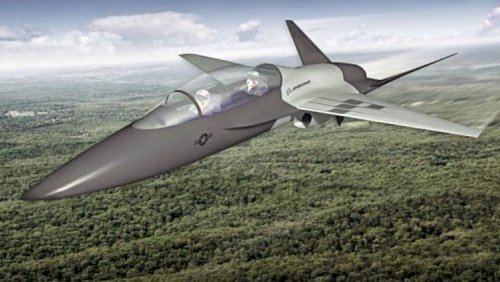kcran567 said:
It really looks like an OUTDATED DESIGN sorry, just strikes me as a trainer project that Saab or Boeing has on a shelf for 25 years and shook the dust off it for this competition.
The design features really date from 15-20 years prior including the landig gear design. The landing gear does not look to be to big at all for the aircraft, but as others have noticed borrowed from the f-16.
The whole thing just smacks of an older design.
At least the Northrop design has a few innovations added to the basic T-38 design, and also looks alot leaner, lighter and more affordable.
That's because you don't understand aerodynamics. Aerodynamics today is the same as it was 25 years ago. You aren't going to go tailless, have thrust vectoring, something stealthy, etc, because all you are doing is adding unnecessary cost and you guarantee you will lose. None of the most advanced aerodynamic and control technologies are required to meet the specifications. The aerospace companies would have been insanely stupid to design what you wanted to see. Aircraft are designed by the mission requirements, not the wishes of fanboys (And I am a fanboy too, who loves advanced designs as well, which is why I am still drooling through <u>Flying Wings and Radical Things</u>.

)
The difference and advanced technology is in the training system itself. That's where these designs are vastly different from anything designed before; in the cockpit where it will matter most. Also, there is no way the T-38 had anywhere near the alpha capability that any of these designs have.


![Boeing T-X Takes to the Sky.mp4_snapshot_01.00_[2016.09.13_23.57.21].jpg](/data/attachments/125/125973-936e18f36f2500237d559ba47c70d379.jpg)
![Boeing T-X Takes to the Sky.mp4_snapshot_01.03_[2016.09.13_23.58.35].jpg](/data/attachments/125/125974-4920228fc15c3ec78d12f7dfbae3f24d.jpg)
![Boeing T-X Takes to the Sky.mp4_snapshot_01.26_[2016.09.13_23.59.39].jpg](/data/attachments/125/125975-69c740c15beb86cc2b147f80f68d979d.jpg)
![Boeing T-X Takes to the Sky.mp4_snapshot_00.14_[2016.09.13_23.54.04].jpg](/data/attachments/125/125976-18ef85df0f2a2a82ad8566896c811e15.jpg)

